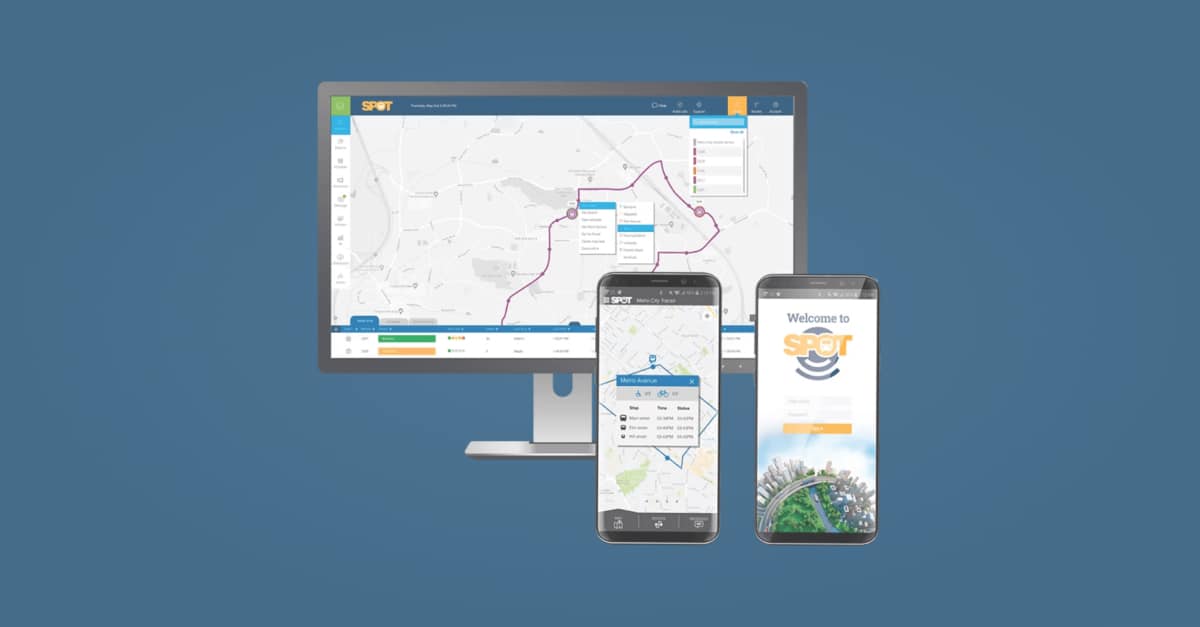Welcome back to our GTFS blog series! In previous installments, we’ve ventured through the history of GTFS, examined the Operational Data Standard (ODS), and discovered how these extensions are reshaping the landscape of public transportation. Today, we embark on a new journey to explore another exciting GTFS extension: Transit ITS Data Exchange Specification (TIDES).
Transit ITS Data Exchange Specification (TIDES)
Transit ITS Data Exchange Specification (TIDES) is a remarkable GTFS extension that delves into the realm of historical transit operation data. This repository provides data schemas and tools to support the access, management, and improvement of historical transit operations data, including vehicle operations, passenger activity, fare collection, and other similar data.
TIDES bridges the gap between the past and present, allowing transit agencies to store and exchange historical data in a structured and standardized format. This opens a world of possibilities for transit providers, researchers, and developers.
A Closer Look at TIDES Datasets
To give you a closer look at the datasets within Transit ITS Data Exchange Specification (TIDES), let’s briefly outline them:
- Vehicle Locations: This dataset provides time-stamped vehicle locations and speeds, offering real-time information on transit vehicle positions.
- Passenger Events: Capturing time-stamped passenger-related events, including boardings and alightings, this dataset helps in understanding passenger behaviors during transit.
- Fare Transactions: Time-stamped fare transactions associated with devices are recorded in this dataset, providing insights into fare collection processes.
- Stop Visits: Summarized data on boarding, alighting, arrival, departure, and other events, such as kneel engaged and ramp deployment, is recorded by trip and stop for each service date in this dataset.
- Trips Performed: This dataset contains information on trips performed for each service date, giving a clear picture of transit operations.
- Station Activities: Summarized transactions, entries, and exits by stop or station and time period for each service date are included in this dataset for events not associated with a specific trip.
- Devices: Measurement devices, such as AVL (Automatic Vehicle Location), APC (Automated Passenger Counting), and AFC (Automatic Fare Collection) devices, associated with vehicles, stops, or stations, are detailed in this dataset.
- Train Cars: This dataset covers assets that comprise vehicles, including train cars, with descriptive information.
- Vehicle Train Cars: It focuses on the relationships between assets and vehicles, providing valuable insights into how vehicles are composed.
- Vehicles: Offering detailed information about vehicles, including buses and train consists, this dataset is essential for understanding the transit fleet.
- Operators: This dataset includes information about the personnel who operate vehicles, contributing to the understanding of the human element in transit operations.
If you want to dig deeper into the TIDES specification, you can visit the official TIDES repository. Additionally, for more in-depth insights, you can access two essential documents: the TIDES Data Dictionary and the TIDES Guide. These resources offer a comprehensive understanding of TIDES and its datasets, empowering you to explore the fascinating world of historical transit operation data.
The Future of GTFS
TIDES is an exciting addition to the world of GTFS, opening the door to historical transit operation data and the wealth of knowledge it holds. By embracing TIDES, transit agencies can harness the power of the past to shape the future of public transportation. As this extension gains traction, we anticipate a wave of innovations, from more precise planning to uncovering once hidden trends.
In our forthcoming and final post in the GTFS series, we will explore the future of GTFS development, delving into how these extensions, including TIDES, are shaping the transit landscape and envisioning the exciting possibilities they bring.
Read Part I of this series:
The History of GTFS
Read Part II of this series:
Unveiling the Power of GTFS
Read Part III of this series:
The Operational Data Standard (ODS): A New Standard in Transit Operations
Read Part V of this series:
The Future






Navigating the Transit Revolution: Part V—The Future